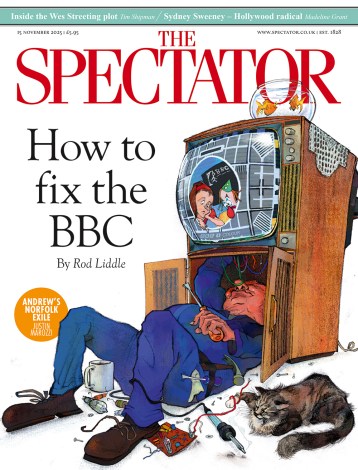Infections up 15 per cent in a fortnight, with 37,000 recorded in a day. For those who are inclined to see it that way, the graph of US Covid-19 cases is confirmation of the folly of reopening society far too soon, and ‘throwing away’ all that hard work during lockdown, as Matt Hancock likes to put it.
But there is a little problem with this analysis: while the graph of cases in the US shows something which could be described as a second spike, the graph of deaths has stubbornly refused to follow suit. Quite the reverse: having peaked at over 2,000 deaths a day in April it is now down to around 600 a day and falling steadily.
Until the middle of May, the two graphs seemed to be coupled. Deaths trailed the number of new recorded cases by a fortnight, rising and falling in tandem. But then something strange happened. The fall in new cases began to falter and then to reverse. The number of deaths, on the other hand, carried on falling, as in a classic epidemic curve.
How come? There are four possibilities – or possibly a combination of all four. Either more cases are being recorded, as a result of ramping-up of testing; the disease is becoming less virulent; we are getting better at treating it; or the disease has started infecting less vulnerable groups.
There is support for all of those hypotheses. The US has now conducted 29 million Covid-19 tests, more than any other country. Moreover, the number of tests being performed has risen as the epidemic has progressed. The US has now conducted 87,000 for every million population – nearly half as many again as in Germany, a country that has been praised for its testing. Conduct more tests for a disease – especially one in which 80 per cent of infected people are asymptomatic and what is the result? You pick up more cases. A rise in the number of recorded cases does not necessarily mean the number of actual cases is going up – it might simply mean your detection rate is going up.
Is the virus becoming less virulent? There is not of lot of evidence for this, though it is the view of Alberto Zangrillo, a virologist at the San Raffaele Hospital in Milan, who was reported earlier this month saying that the swabs he was taking from patients now showed ‘infinitesimal’ levels of the virus compared with those taken in April. Are we getting better at treating the disease? It would be surprising if we weren’t, given that it is a novel disease and no one at first knew what they were dealing with. Initially, for example, patients were being rushed onto ventilators, a treatment which many hospitals are now avoiding if they can after high mortality rates.
Has the disease begun to infect less vulnerable groups? There is some good evidence for this. A graph compiled for the US Centers for Disease Control shows that back in April over a quarter of the over-65s tested for the virus were positive. That has now fallen to less than 5 per cent. On the other hand, the proportion of 5 to 17-year-olds who test positive for the virus has held steady at around 10 per cent. Covid-19 began with a very lethal tour of care homes and their vulnerable residents, but as time has gone on infections are much more widely spread among the population.
Whichever combination of these hypotheses explains the divergence between infections and deaths, though, one thing is for sure: citing a rise of recorded infections in the US and using it to raise the spectre of a deadly second spike is not telling the full story. Deaths have fallen sharply and continue to plummet.







